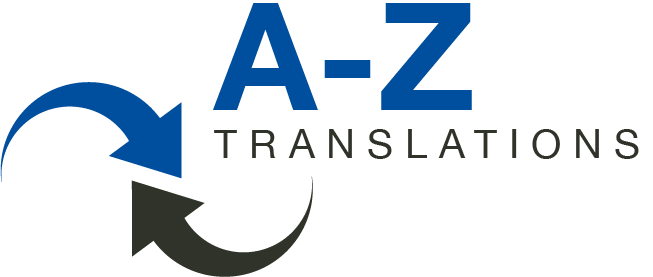One reason why it took me so long (I first heard about him at the BDÜ Conference in Berlin 2009) was that I thought I had to purchase a license for every language I work with, i.e. one for German, one for English, one for Spanish. And that would have been quite a sum of money to shell out. But then I found out, that the Dragon is bilingual by nature, meaning he speaks two languages (English and one other language)… and that decided me.
Since I don’t have that many jobs into Spanish, I decided to give the English/German Dragon a try – and I am absolutely excited!
Not having had any experience with speech recognition systems (which is what I am talking about, in case you haven’t figured it out yet, namely Dragon Naturally Speaking by Nuance), I was a bit apprehensive regarding the time it would take for us to communicate properly. But my fears were unfounded! The Dragon in version 11.5 is so well trained that less than 5 minutes of setup and training time were required before I was able to start working with him.
And, oh, how we work together?! My translation speed has doubled, and I have so much fun hearing the words come out of my mouth and seeing them appear on the screen. Yes, it requires a different kind of discipline to work with the Dragon – it helps, for example, to have the whole sentence in your head before you start talking -, and sometimes it takes a bit of convincing until he accepts my word as the correct one, but it is really astounding how smooth everything flows – including punctuation.
I feel like this different approach to the process of transferring meaning from one language into another one, that is neither pure translation nor pure interpreting, actually makes my translations better, because I actually hear the words, not only in my head, but out loud.
Now, I am not going to throw out my keyboard or my mouse, but the Dragon has definitely moved in on my desk, and I am very happy with his help which I don’t want to miss anymore! 🙂
And for those, who want more technical details:
It works very well with memoQ, not quite so well with SDL Trados Studio 2011 (e.g. no automatic capitalization at the beginning of a sentence), and of course perfectly with Word & Co, as well as online (for example with this text). It takes a little practice to get used to the right speed (faster, more consistent speaking yields better results than stopping after every word) and to use the voice commands, and I probably use the keyboard more than I really need to, but as I am attached to the PC via the headset anyway and thus never far from the desk…

Which version did you use? I have been toying with this idea for a long time, and since you said it works well with MemoQ, I will take the plunge and get both of them. I see the following versions: Home, Premium, Professional, and Legal…
I have the Premium version of Dragon and memoQ 6.
Hope you enjoy both and can increase your productivity! 🙂